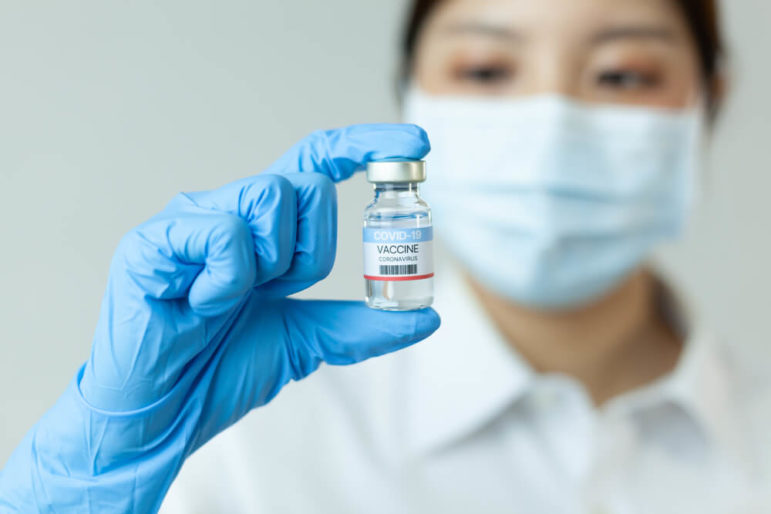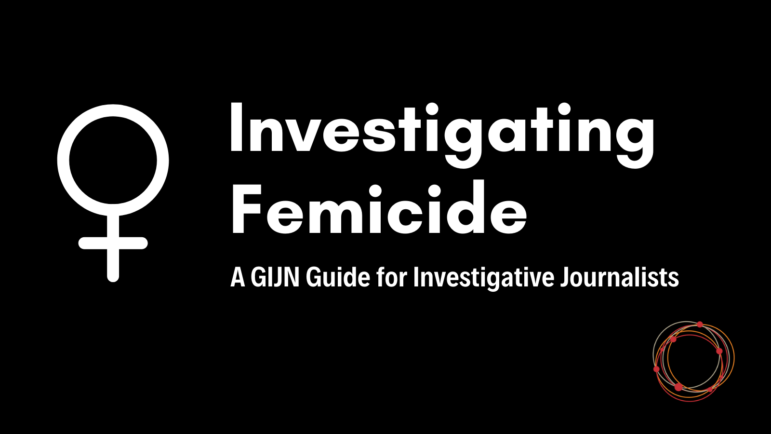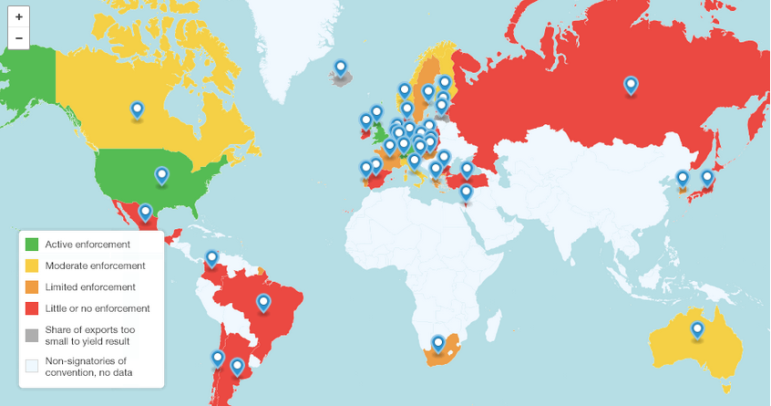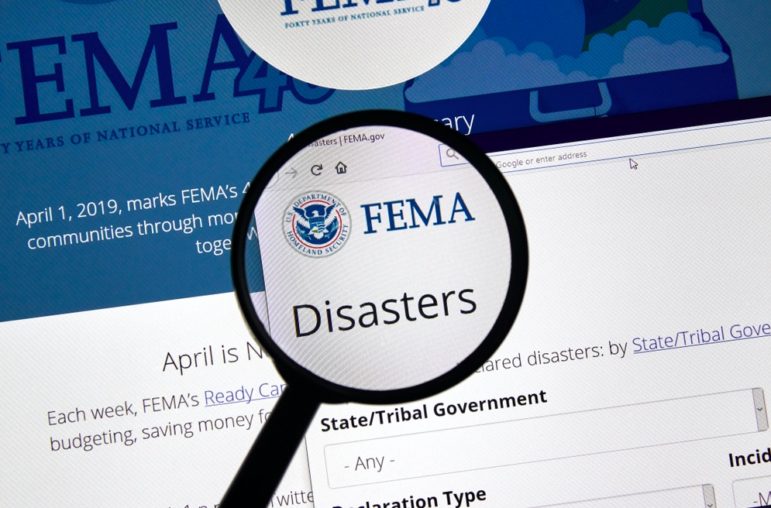

How to Investigate COVID-19 Vaccine Contracts
Read this article in
Reporting on the creation and delivery of COVID-19 vaccines is challenging not only because of the subject’s complexity, but because of government secrecy at both the international and national levels.
Contracts to buy COVID-19 vaccines are being kept confidential, completely or substantially, by the global purchasing entity started by the World Health Organization and national governments.
Despite these roadblocks, journalists are finding ways to get contract information and to write stories that detail not only the price per dose and delivery commitment, but also arcane yet important contract provisions concerning licensing and legal liability.
Big Pharma, which has already drawn billions worldwide in COVID-related dollars, is projecting a huge windfall. Reuters reported on February 2 that, just for 2021, Pfizer expects sales of $15 billion. GIJN has pulled together sources of information which will help journalists further follow the money.
Behind the COVID Curtain
The focus on vaccine contracts should not divert attention from the potential for corruption and favoritism in the delivery of vaccines.
In early 2020, GIJN published a resource called Researching Government Contracts for COVID-19 Spending. It focused on how to research expenditure by international bodies and national governments on pandemic mitigation, emphasizing ways to watch for corruption.
Of special concern is the lack of transparency over vaccine contracts. If contracts are disclosed at all, key information is often redacted. Typically deleted information includes the cost per dose, delivery terms, and clauses about who owns the intellectual property involved.
These gaps pose a problem, according to the Open Contracting Partnership (OCP), a nongovernmental organization based in Washington, DC.
“When contracts and prices are not routinely published, companies have the power to dictate the terms,” OCP said on January 29. “Only an open and transparent process can guarantee a fair deal for every country, and enable collaboration to reach a solution for a global problem.”
“Transparency should be an embedded norm, not an exception granted by accidental leaks,” wrote Natalie Rhodes, a policy officer for the Transparency International Health Initiative, in a January 19 article.
Limited International Purchase Info
The lack of transparency can be seen in the COVAX Facility, the global mechanism for pooled procurement and distribution of COVID-19 vaccines. Backed by the World Health Organization and two multi-partner international organizations that work on vaccines, Gavi and the Coalition for Epidemic Preparedness Innovations, COVAX boasts that it holds “the world’s largest and most diverse portfolio of COVID-19 vaccines.”
With the aim of having 2 billion doses by the end of 2021, COVAX says it “represents the world’s best hope of bringing the acute phase of this pandemic to a swift end.” But don’t ask COVAX for detailed information on its deals or the text of the agreements. Keeping the contracts confidential, officials there say, serves the goals of getting good deals.
The best public collection of information about the purchases by COVAX and national governments is the COVID-19 Vaccine Market Dashboard, created by UNICEF. It is based on public sources, such as news reports. It usually shows the number of doses purchased, and sometimes the contract price. Links go to the news source, but not to the contracts themselves.
Still, the dashboard is kept current and can be filtered by country and manufacturer. The cost per dose, UNICEF reports, varies widely, from $2.19 to $44.
COVAX’s goal is to use contributions from developed countries and philanthropic organizations to purchase billions of doses for more than 90 low and middle-income economies.
Screenshot: The Economist’s COVID-19 Health Funding Tracker. Click the image to see the original graphic.
The Economist Intelligence Unit’s COVID-19 Health Funding Tracker aggregates the pledges to COVAX ($13.8 billion as of February 3) and disbursements ($2.7 billion as of February 3). Bloomberg publishes a COVID-19 Deals Tracker.
The WHO’s ACT-Accelerator Commitment Tracker reports the funding commitments made to the umbrella pandemic fighting fund, the ACT-Accelerator, of which COVAX is a part.
Neither COVAX nor UNICEF have disclosed the texts of contracts. A UNICEF official said the organization “will publish relevant details” on the contracts “subject to the consent of suppliers.” Contracts being handled by UNICEF might be subject to the organization’s disclosure policy, but several protective exemptions exist.
National Contracts
Heavily redacted versions of national contracts with pharmaceutical manufacturers have surfaced in the United States and the European Union, prompted at times by freedom of information (FOI) requests.
In the EU, initial information on the cost of vaccines came through a leak. A Belgian government minister released, then deleted, a Twitter post containing prices that the European Commission had negotiated.
The EU Ombudsman is conducting an unusual fast-track investigation after complaints filed by the research group Corporate Europe Observatory (CEO) over the rejection of several of its FOI requests. Members of the European Parliament pushed for additional transparency. Two vaccine contracts, with CureVac and AstraZeneca, have been released with permission of the companies, both heavily redacted.
The details of these contracts are being closely scrutinized. The CureVac contract was the subject of a EURACTIV article showing that “nearly a quarter” of the text had been redacted. Also see CEO’s analysis. Spain’s Civio has examined the AstraZeneca contract. Voxeurope examined the contracts, too, writing Covid vaccine contracts: EU has hands tied, experts say.
What’s in a Contract?
Although price-per-dose data may make the headlines, health care policy experts say other elements of the contracts are just as important to examine.
Such non-price contract clauses may:
- Limit the manufacturer’s financial risk.
- Describe the manufacturer’s liability.
- Prevent the purchaser from sending the vaccines to other countries.
- Address who owns the rights to the vaccine.
- Describe who owns the know-how on processes to make the vaccine.
- State whether the government has so-called “march-in rights” that allow the government, in specified circumstances, such as price gouging, to require the contractor to license the product to others.
- Cover whether or not the government gets access to data developed by the contractor about the vaccine.
- Give timetables for delivery.
- Provide for penalties for nonperformance.
- Detail who controls information about the contract.
Additional reporting comes from The New York Times, with a January 28 story, Governments Sign Secret Vaccine Deals: Here’s What They Hide. Also see an article in Eye on Global Transparency: Transparency Becomes a Casualty for Contracts to Buy COVID-19 Vaccines.
US Vaccine Contracts Redacted
In the US, the available vaccine contracts that have been disclosed are heavily redacted, as described in this September 2020 NPR report by pharmaceuticals correspondent Sydney Lupkin.
The Washington, DC-based NGO Knowledge Ecology International has collected quite a lot of information, mainly about US vaccine contracts. See KEI’s contracts database and a US COVID-19 contract spreadsheet that tracks, when possible, the details of the agreements.
Interestingly, contracts with the US government have been found in filings by the vaccine makers with the Securities and Exchange Commission (see EDGAR).
NPR’s Lupkin has continued to document the rollout of limited contract details, finding key details to report despite the many blacked-out sections.
When a redacted version of a contract with Pfizer was issued in November, Lupkin’s analysis showed that the agreement “didn’t include government rights to intellectual property typically found in federal contracts.” In January, she reported that a contract with the company Emergent BioSolutions has a clause “that could move a company’s employees and their families to the front of the vaccination line.”
S0, despite the redactions, reporters are finding stories in the contracts. Have a tip on what’s inside these contracts? Send it to GIJN.
Additional Reading
GIJN Guide for Investigating Health and Medicine
Tracking COVID-19 World Bank Funding by Country
9 Lessons from Chinese Journalists on Covering COVID-19
 Toby McIntosh is GIJN’s Resource Center senior advisor. He was with Bloomberg BNA in Washington for 39 years. He is the former editor of FreedomInfo.org (2010-2017), where he wrote about FOI policies worldwide, and serves on the steering committee of FOIANet, an international network of FOI advocates.
Toby McIntosh is GIJN’s Resource Center senior advisor. He was with Bloomberg BNA in Washington for 39 years. He is the former editor of FreedomInfo.org (2010-2017), where he wrote about FOI policies worldwide, and serves on the steering committee of FOIANet, an international network of FOI advocates.









